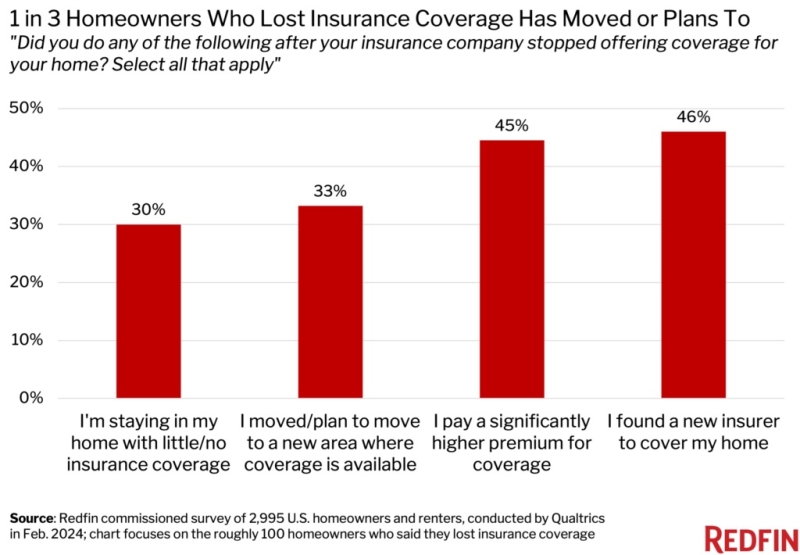Advertisement
OpenClose introduces new product suite to streamline workflows and increase productivity
MBA calls for uniform national regulation of mortgage lendingMortgagePress.comMBA, House Financial Services and Senate Banking Committees, uniform regulations, Federal Mortgage Regulatory Agency, MIRA, Mortgage Improvement and Regulation Act
The Mortgage Bankers Association has sent a letter to the
Chairmen and Ranking Members of the House Financial Services and
Senate Banking Committees calling for legislation that would
establish a tough, new federal regulatory framework for mortgage
lending to protect borrowers nationwide. In the letter, MBA offered
an outline of proposed legislation, titled the Mortgage Improvement
and Regulation Act (MIRA), that would establish new uniform
national lending standards to replace the current patchwork of
state and federal lending laws and that would also establish a new
federal regulator to implement and enforce these standards.
"In order to restore confidence in the housing and mortgage
markets, we need to ensure that many of the excesses that led to
the current crisis aren't repeated," said John A. Courson,
president and CEO of MBA. "For this reason, we are calling on
Congress to create a new national regulatory framework to
regularize the mortgage market and better protect consumers."
MBA's plan is centered on the creation of new lending standards
and a new regulator, the Federal Mortgage Regulatory Agency (FMRA).
MIRA would establish, and FMRA would be responsible for
implementing and updating, the new mortgage lending and servicing
standards as well as regulating independent mortgage bankers and
mortgage brokers in partnership with state regulators.
"Under our proposal, we are calling for one federal regulator to
implement the standards and oversee all mortgage bankers and
brokers," said Courson. "That regulator would work with the
appropriate federal and state regulatory bodies to effectively
enforce these tough new requirements."
Among the components that MBA is calling for in the new national
lending standard are:
• Many of the recently promulgated HOEPA regulations,
including those requiring a determination of a borrower's ability
to repay, documentation of income and assets, limits on prepayment
penalties and establishment of escrow accounts for borrowers' tax
and insurance payments;
• Improvements to the mortgage origination, servicing and
appraisal processes some of which had been included in H.R. 3915
(which passed the House of Representatives in 2007);
• A new duty of care for mortgage bankers and mortgage
brokers to assure that consumers get the facts they need to know
about the loan options available and the costs of their loan
transaction, including compensation to the mortgage broker; and
• A requirement that a borrower affirmatively opt-in, in
writing, to a nontraditional mortgage product.
"MBA has long advocated for uniform national lending standards
to protect borrowers coast to coast. One standard for all borrowers
to learn and understand, and one standard for all lenders to follow
will offer much better protection to consumers in every state and
will help to lower costs. It will also significantly cut down on
the confusing and often contradictory patchwork of state laws and
regulations," added Courson.
As part of MIRA, HUD and the Federal Reserve would be required
to work together in consultation with the new regulator to develop
greatly simplified consumer disclosure forms, including combining
Real Estate Settlement Procedures Act (RESPA) and Truth in Lending
Act (TILA) disclosures to help consumers better navigate the
mortgage process. Additionally, MIRA would increase resources for
investigating and prosecuting mortgage fraud and establish a
national financial literacy and counseling program. As part of that
program, MBA suggests there should be pre-purchase counseling
required on certain mortgage products, primarily for first-time
homebuyers.
A copy of the letter and an executive summary of the bill, as
well as a more detailed outline, can be found by clicking here.
For more information, visit www.mortgagebankers.org.
About the author





